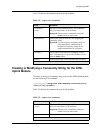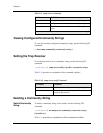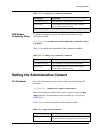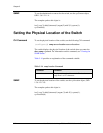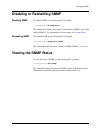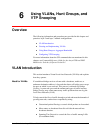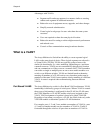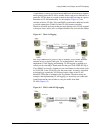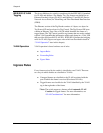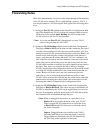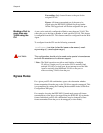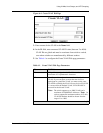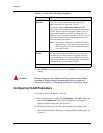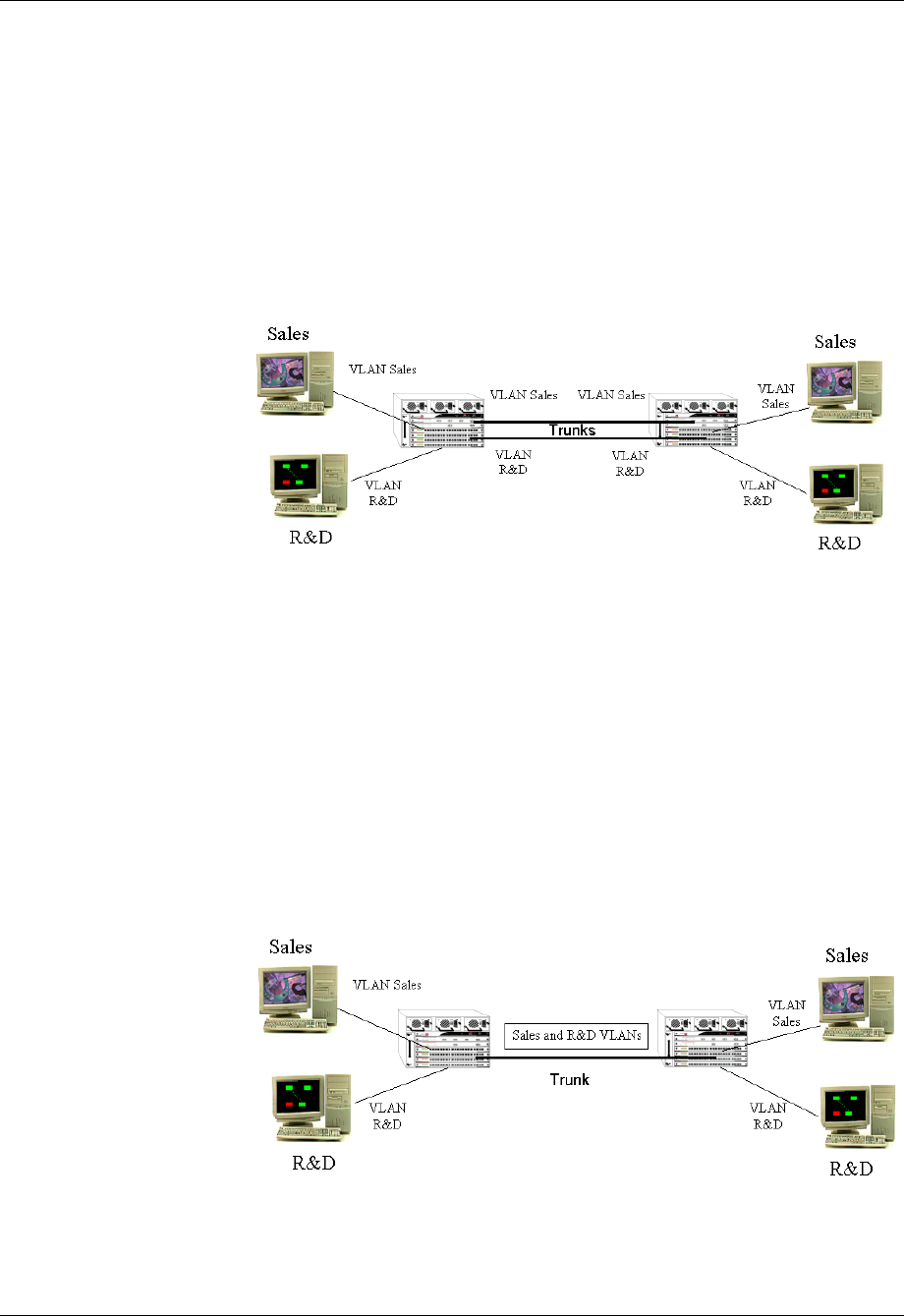
Document No. 10-300077, Issue 2 6-3
Using VLANs, Hunt Groups, and VTP Snooping
A switch that is strictly port based needs additional information to separate
traffic passing from one VLAN to another. Since each port is dedicated to a
particular VLAN, there is no need to analyze the traffic arriving on a port to
determine its VLAN membership. As an example, (Figure 6-1) two
switches with two VLANs, Sales and R&D, would need a dedicated switch
to switch connections (Trunk) for both VLANs between switches.
Therefore all traffic arriving on that port must belong to the VLAN assigned
to that port since, in this case, no unique identifiers are sent with the frames.
Figure 6-1. Vlans No Tagging
The Avaya Multiservice switch is able to separate VLAN traffic between
switches across a single Trunk port. To accomplish this, the switch
implements VLAN tagging and trunking. VLAN tagging is enabled on a
switch port by selecting a Trunk mode for that port; clear, IEEE 802.1Q or
Cisco-Multi Layer mode. A trunk port can send frames in clear mode, with
no VLAN ID, or the VLAN ID, over the same trunk. A frame is classified
as belonging to a particular VLAN based on the value of the VLAN
Identifier (VID) that is included in the Tag Header. Therefore using our
example, and implementing VLAN tagging, we need only one connection
(trunk) between the two switches to carry the traffic from both
VLANs.(Figure 6-2)
Figure 6-2. VLANs with 802.1Q tagging



